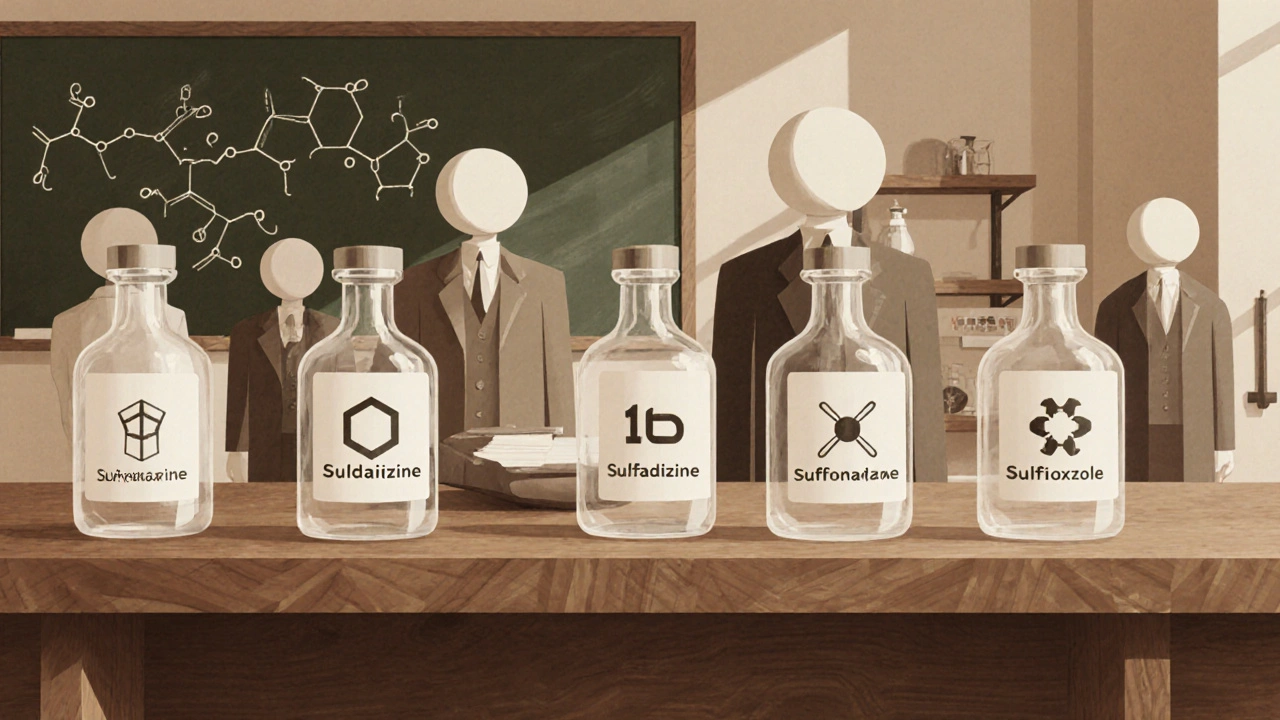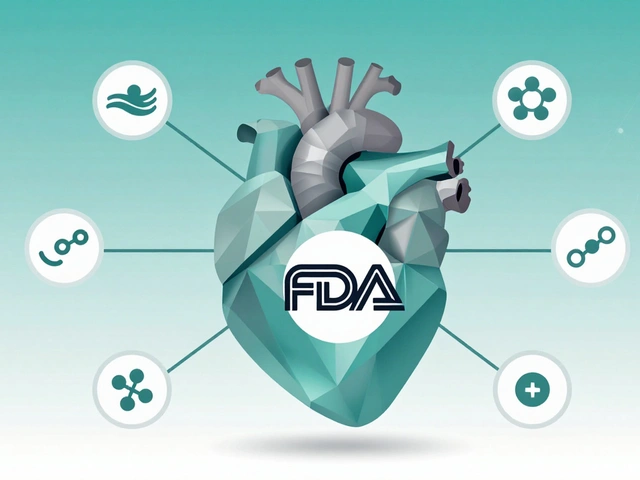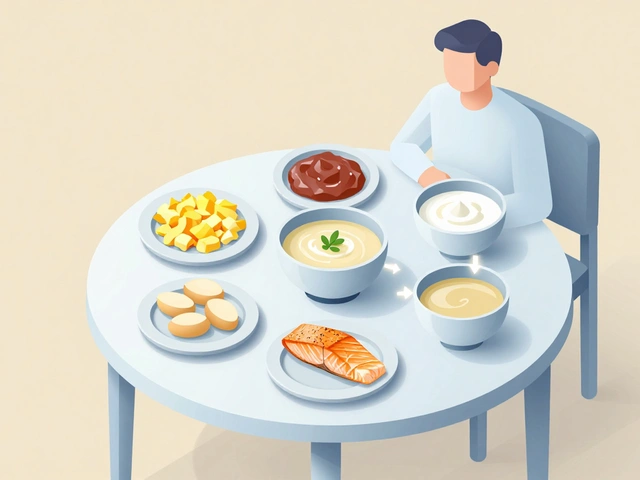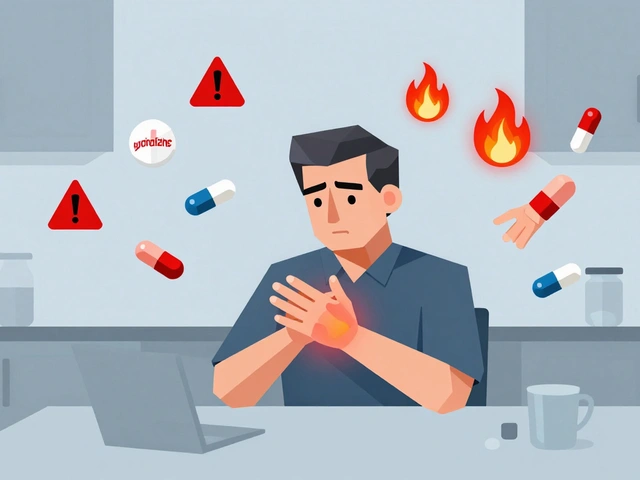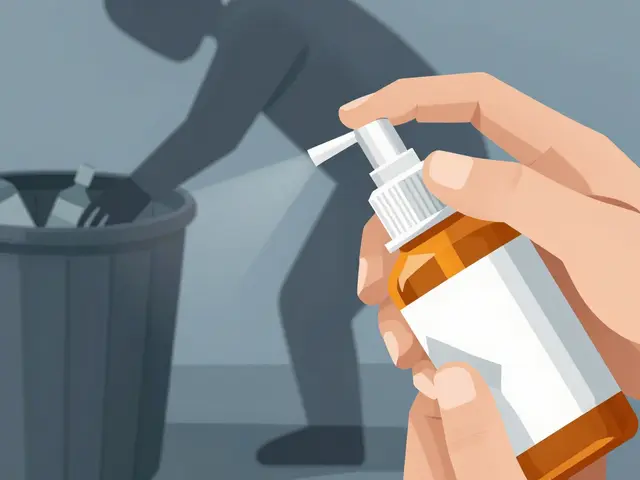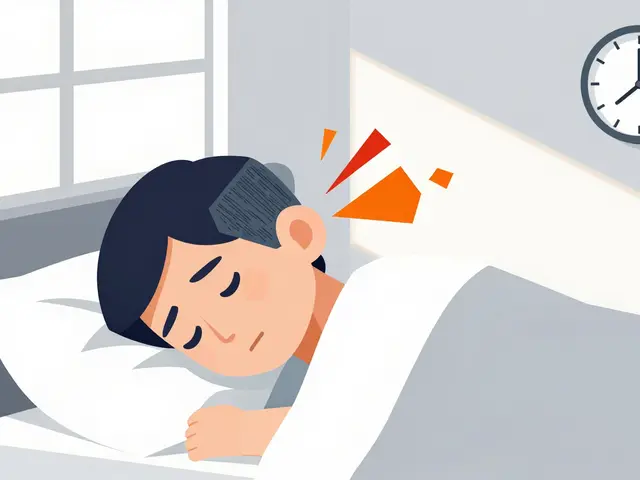Drug Development: How New Medicines Are Made and What It Means for You
When you pick up a pill for your blood pressure, allergy, or depression, you’re holding the result of drug development, the long, careful process of creating new medications from idea to market. Also known as pharmaceutical research, it’s not magic—it’s science, money, regulation, and patience rolled into one. Most drugs you take today started as a single idea in a lab, tested on cells, then animals, then hundreds or thousands of people. Only about 1 in 10,000 compounds ever makes it to pharmacy shelves.
This process isn’t just about big pharma companies. It’s also why generic medicines, affordable copies of brand-name drugs that work the same way. Also known as generic drugs, they become available once the original patent expires exist. Without drug development, there’d be no original to copy. And without the approval systems—like the FDA in the U.S. or EMA in Europe—that check safety and effectiveness, you wouldn’t know if a pill was safe to take. Clinical trials, the structured tests on humans that prove a drug works and doesn’t cause more harm than good. Also known as human trials, they’re the make-or-break step before any drug hits the market. These trials are where real-world data replaces lab guesses.
What you see on the shelf is just the tip. Behind it are years of failed attempts, budget cuts, regulatory delays, and sometimes, ethical debates. But it’s also why you now have better options for COPD, depression, high blood pressure, and even rare conditions like multiple myeloma. The drugs in our posts—like tiotropium bromide, aripiprazole, or generic tadalafil—weren’t pulled from thin air. They went through this entire pipeline. Even supplements and herbal alternatives like Nirdosh Herbal or Confido are part of this larger conversation, because people are always looking for alternatives to traditional drugs.
You don’t need to be a scientist to understand why this matters. When drug development slows down, prices go up. When it moves too fast, safety risks rise. When generic versions arrive, your out-of-pocket cost drops. Knowing how drugs get made helps you ask better questions, spot scams, and make smarter choices about what you take—and where you buy it. That’s why this collection includes guides on buying generic Provera, Accutane, or Crestor safely online. It’s why we compare Vidalista to Viagra, or Calan to amlodipine. It’s all connected.
Below, you’ll find real-world guides written for people who use these drugs—not just study them. Whether you’re managing SVT, trying to beat ringworm, or looking for sleep tips with multiple myeloma, you’re part of the story drug development was meant to serve. These posts don’t just explain treatments. They show you how to use them, compare them, and get them without overpaying. Because when you understand how a drug got here, you’re not just a patient—you’re an informed one.
Explore the full story of sulfamethoxazole-from its 1960s discovery and FDA approval to modern resistance challenges and future formulations. A practical guide for clinicians and health enthusiasts.
Continue reading...

